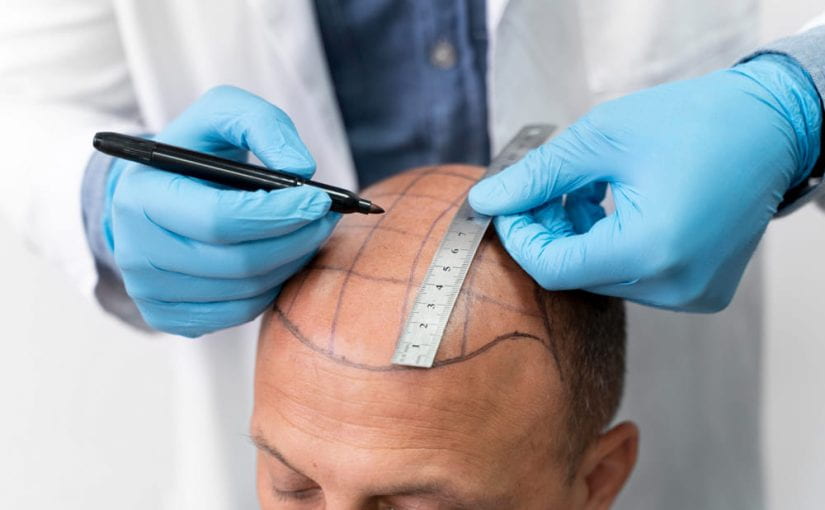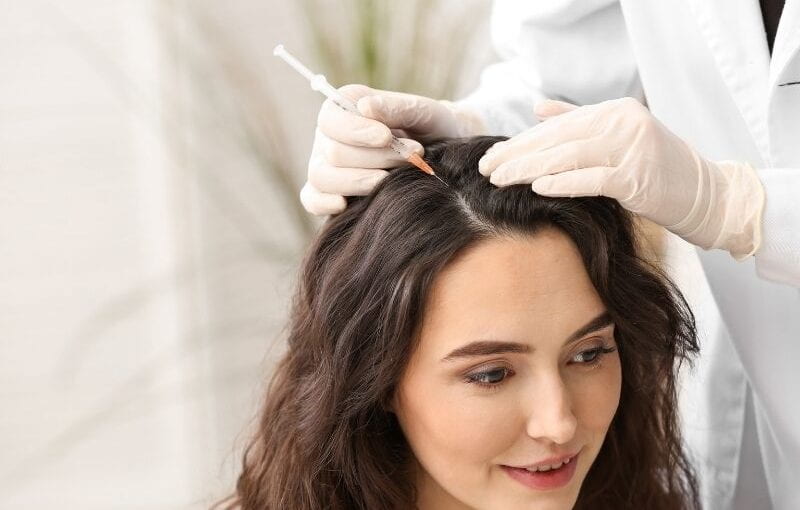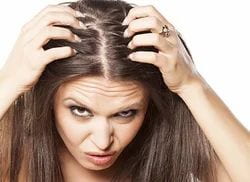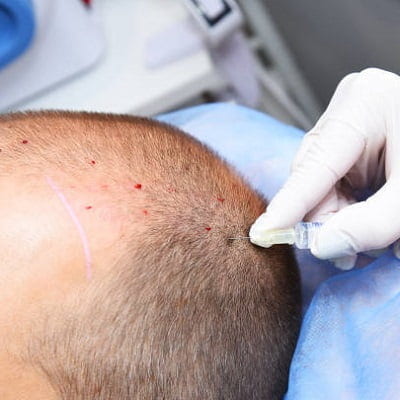Hair transplant has gained immense popularity due to advanced techniques and high success rates. Many individuals dealing with hair loss consider it a viable solution. However, for those who are completely bald, the question arises: Can a fully bald person get a hair transplant? This article explores the feasibility of the Hair Transplant in Dubai procedure, the techniques used, and key considerations for candidates with total baldness.
Factors Determining Hair Transplant Eligibility
A completely bald person’s eligibility for a hair transplant depends on several factors. The primary requirement for a successful hair transplant is the availability of donor hair. Since a hair transplant works by transferring hair follicles from one part of the body to the balding areas, the presence of a healthy donor site is crucial.
Key factors include:
- Donor Hair Availability: Individuals with no hair on their scalp may require body hair as a donor source.
- Scalp Condition: The scalp must have adequate blood circulation and be in a healthy state.
- Medical History: Any underlying medical conditions affecting hair growth must be assessed.
- Expectations and Goals: Realistic expectations regarding hair density and coverage are essential.
Hair Transplant Techniques for Fully Bald Individuals
Several hair transplant techniques can be used for individuals experiencing total baldness.
Follicular Unit Extraction (FUE)
FUE is a widely used hair transplant method that involves extracting individual hair follicles from a donor site and implanting them into the recipient area. This technique is minimally invasive and suitable for individuals with some available donor hair.
Follicular Unit Transplantation (FUT)
FUT involves removing a strip of tissue from the back of the scalp, extracting hair follicles, and implanting them in bald areas. This method provides a higher number of grafts but requires a donor area with sufficient hair.
Body Hair Transplant (BHT)
For individuals with no scalp donor hair, BHT is an option. Hair is taken from other parts of the body, such as the chest, beard, or back, and transplanted onto the scalp.
Artificial Hair Implantation
For those with no suitable donor hair, artificial hair implants can be considered. This method involves inserting biocompatible synthetic hair into the scalp.
Comparison of Hair Transplant Methods
| Technique | Donor Source | Suitability for Full Baldness | Recovery Time |
|---|---|---|---|
| FUE | Scalp or body hair | Moderate | 7-10 days |
| FUT | Scalp hair | Limited | 10-14 days |
| BHT | Body hair | High | 10-14 days |
| Artificial Hair | Synthetic fibers | High | Few days |
Challenges of Hair Transplants for Fully Bald Individuals
Hair transplant procedures for fully bald individuals present unique challenges:
- Donor Hair Limitations: If scalp hair is absent, alternative donor sites must be considered.
- Density and Coverage Issues: Achieving full scalp coverage may require multiple sessions.
- Healing and Recovery: Body hair transplants often take longer to adapt to the scalp environment.
- Aesthetic Concerns: Hair texture and growth patterns may differ when using body hair.
Post-Transplant Care and Recovery
Post-operative care is crucial for a successful hair transplant. Key aftercare tips include:
- Keeping the scalp clean and avoiding excessive sweating.
- Taking prescribed medications to prevent infection and promote healing.
- Avoiding direct sun exposure for a few weeks.
- Following a healthy diet to support hair growth.
Table: Recommended Aftercare Practices
| Aftercare Practice | Purpose |
| Avoid touching the scalp | Prevents infections and disturbances |
| Use prescribed shampoos | Ensures cleanliness without irritation |
| Follow a nutritious diet | Supports hair growth and recovery |
| Avoid smoking and alcohol | Promotes better healing and graft survival |
Expected Results and Hair Growth Timeline
Hair transplant results take time to become noticeable. The timeline typically follows these stages:
- First Few Weeks: Initial healing, possible scabbing, and shedding of transplanted hair.
- 3-6 Months: New hair growth begins, but it may be thin initially.
- 6-12 Months: Hair thickens, and visible improvements appear.
- 12-18 Months: Full results are evident, with improved density and coverage.
Frequently Asked Questions
Is a hair transplant possible for someone with no hair at all?
Yes, but the availability of a donor area, including body hair, is crucial.
Can synthetic hair be a long-term solution?
Artificial hair implants can provide coverage, but they require maintenance and have potential risks.
How long does a hair transplant last?
A natural hair transplant is generally permanent, provided post-operative care is followed.
Are there alternative treatments for baldness?
Yes, options include scalp micropigmentation, wigs, and PRP therapy.
Can body hair be used for a transplant?
Yes, chest, beard, and back hair can serve as donor sources if scalp hair is unavailable.
Conclusion
A fully bald person can undergo a hair transplant, but the success depends on donor hair availability and technique selection. Modern advancements, including body hair transplants and artificial implants, offer viable solutions. Consulting a qualified specialist is essential to determine the best approach tailored to individual needs.





